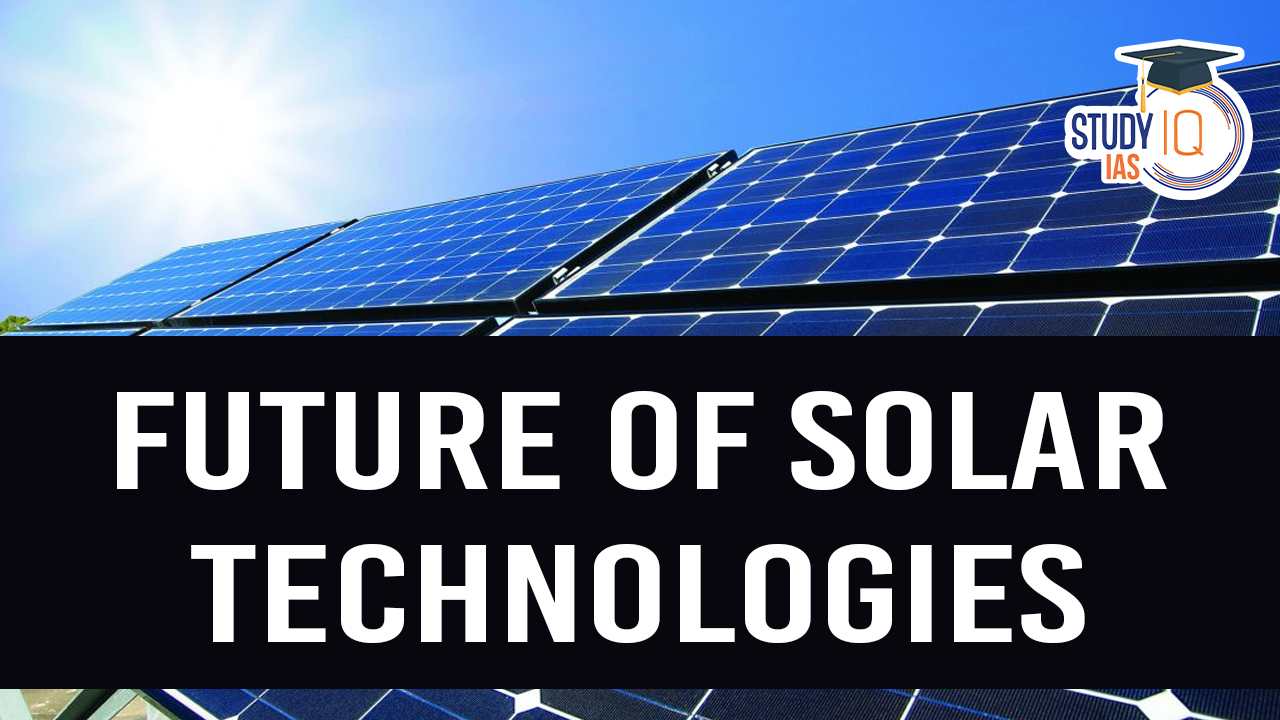Table of Contents
The “ISA Solar Tech Report 2023” provides an in-depth look at the latest developments and challenges in solar technologies. This comprehensive overview highlights key advancements, their impact on the environment and economy, and the challenges that the industry must overcome.
Key Advancements in Solar Technologies
- High-Efficiency Photovoltaics (PV):
- The report emphasizes innovations in PV cells, particularly focusing on multi-junction technology. This approach allows PV cells to capture a broader spectrum of sunlight, significantly enhancing their efficiency and energy output.
- Perovskite Solar Cells:
- A standout feature in the report is the potential of perovskite materials. Known for their high efficiency and low production costs, perovskite solar cells are poised to disrupt the market by offering a cost-effective alternative to traditional silicon-based cells.
- Bifacial Solar Panels:
- The adoption of bifacial panels is gaining momentum. These panels capture sunlight from both sides, making them highly effective in reflective environments like deserts or snowy regions. This technology is set to enhance the overall efficiency of solar farms.
- Floating Solar Farms:
- Floating solar farms, detailed in the report, address land scarcity by utilizing bodies of water. These installations benefit from cooler temperatures, which improve the efficiency and lifespan of the solar panels.
Future of Solar Technologies Repot PDF
Impact of Solar Technologies on Environment and Economy
- Environmental Benefits:
- The widespread adoption of solar technologies contributes significantly to reducing the global carbon footprint. Solar energy is pivotal in the fight against climate change, reducing dependence on fossil fuels and lowering greenhouse gas emissions.
- Economic Growth:
- The solar industry is a major driver of economic growth, creating numerous job opportunities in the manufacturing, installation, and maintenance sectors. The report highlights the potential of solar technology to bolster energy security by diversifying energy sources and reducing reliance on imports.
Challenges in Solar Technology
The report outlines several challenges that must be addressed for solar technology to reach its full potential:
- Energy Storage:
- The intermittency of solar energy, caused by factors like weather and day-night cycles, poses a significant challenge. Advances in battery technology and grid integration are critical to overcoming these issues.
- Initial Installation Costs:
- High upfront costs remain a barrier to widespread adoption. The report suggests that technological advancements and economies of scale will eventually lower these costs, making solar energy more accessible.
- Aerosol Impact:
- Aerosols and particulate matter, prevalent in regions like India, can scatter solar radiation and affect the efficiency of solar panels. While this creates a temporary cooling effect, it also highlights the need for cleaner technologies and air quality management.
Conclusion
The “ISA Solar Tech Report 2023” underscores the transformative potential of solar technologies in addressing global energy challenges. Despite hurdles, continuous innovation and supportive policies are paving the way for a sustainable energy future. Solar technology will play a critical role in achieving global climate goals, promoting economic growth, and ensuring energy security.
StudyIQ’s P2I batch offers best-in-class faculty, one-to-one mentorship, curated exam-oriented crux and handwritten notes. Candidates writing mains are offered all inclusive Mains Residential Program – all tailored to meet the needs of Hindi-speaking aspirants. Start your journey today and unlock your full potential! Join us today and take the first step toward your UPSC dream!


 World Intellectual Property Day 2025, Th...
World Intellectual Property Day 2025, Th...
 World Malaria Day 2025: Date, Theme, His...
World Malaria Day 2025: Date, Theme, His...
 World Immunization Week (24 to 30 April)...
World Immunization Week (24 to 30 April)...





















